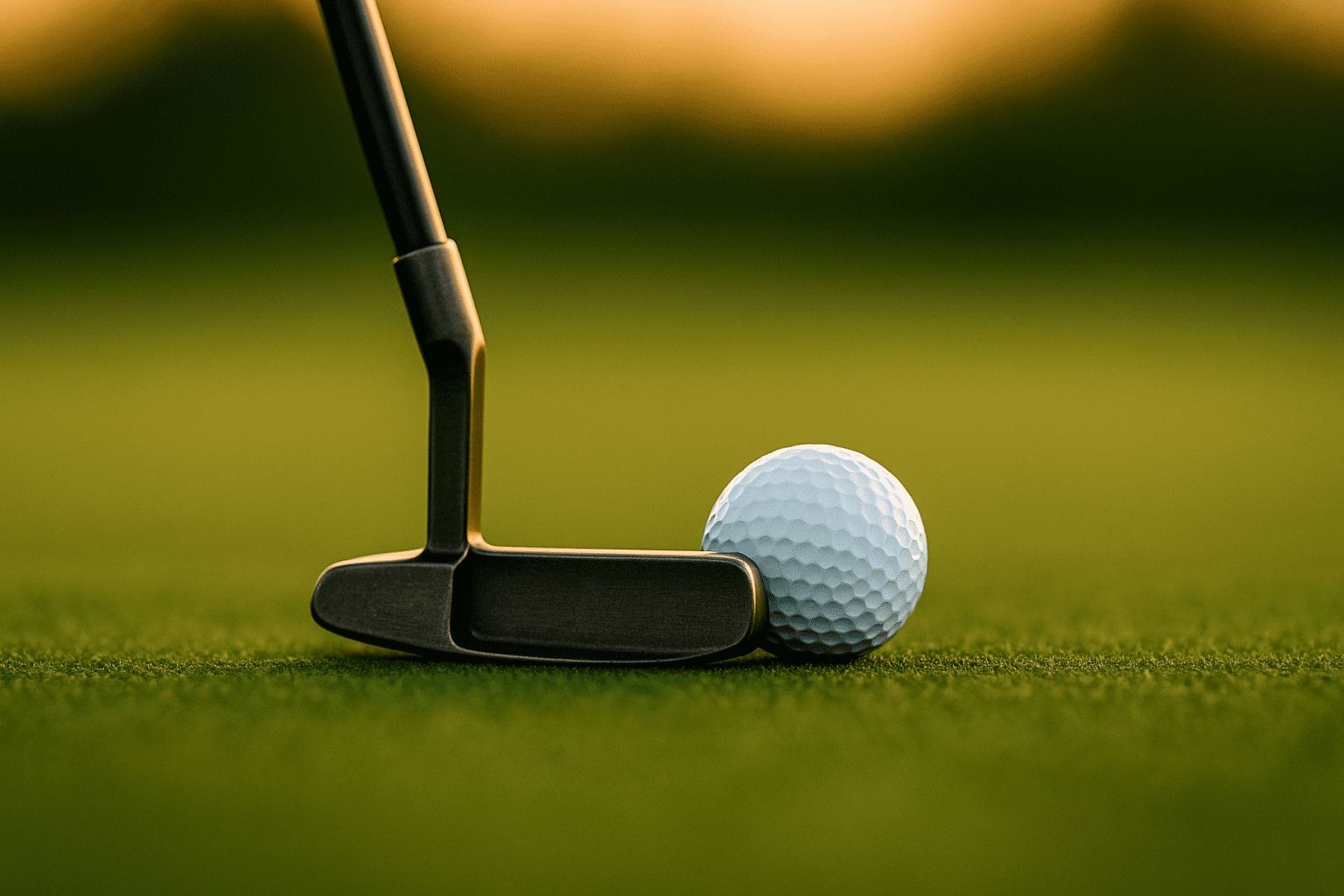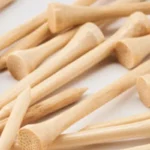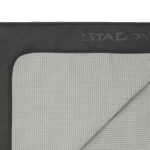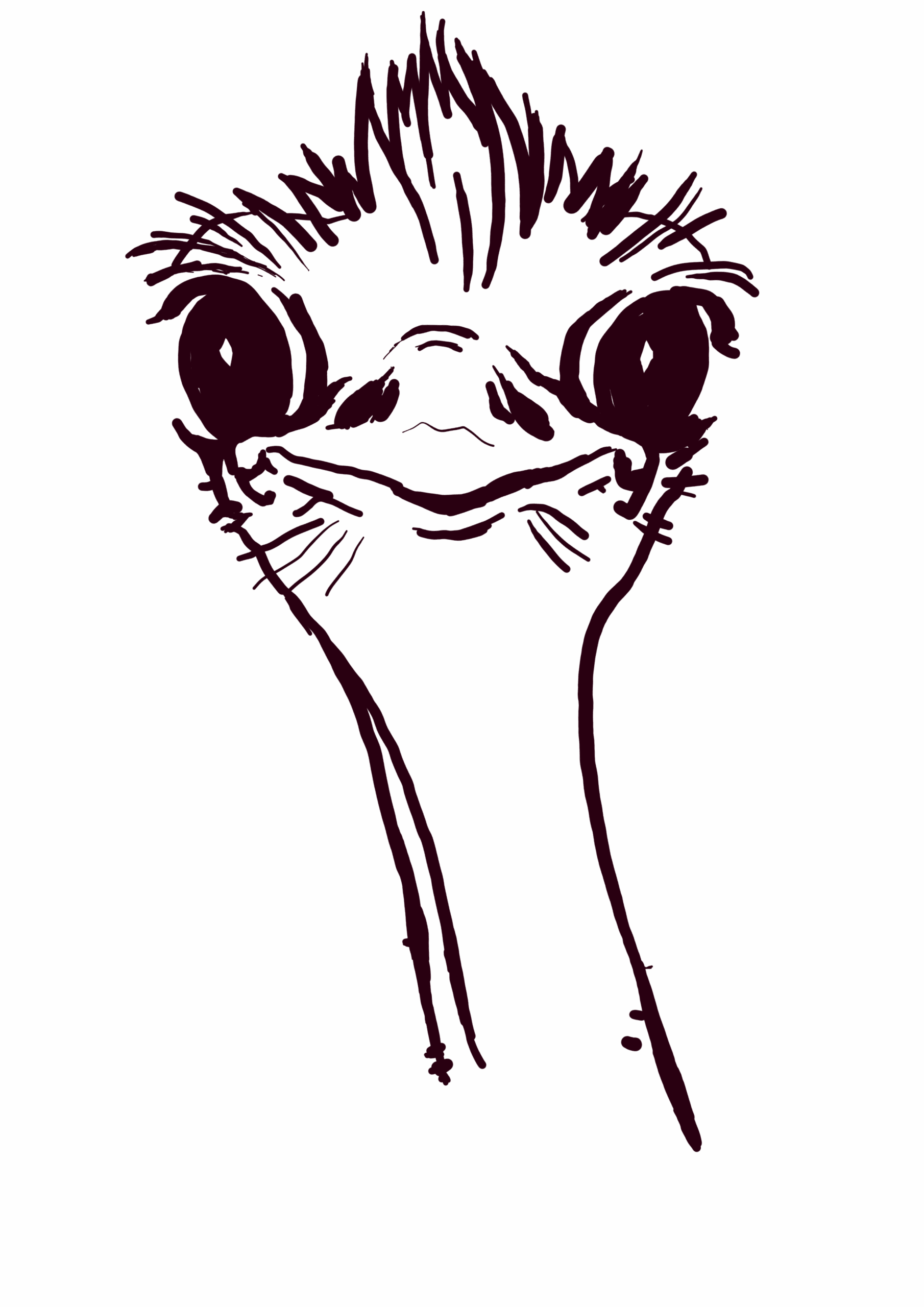What is a putter and why does it decide on the green?
If there's one club that bares the soul of a golfer, it's the putter. It's the one I use most during the round and the one that, for better or worse, decides championships. For me, I've always felt that the putter "portrays you": your way of seeing the line, your patience, your power control.
Unlike other clubs, pinpoint precision is key here: the face must be square and with just the right amount of force. That's why small details—a degree of loft, a millimeter of eye alignment, or the thickness of the grip—change the outcome.
In my routine, I align my left eye over the ball, use my feet and the hole itself as references, and read the green at ground level from both sides. This gives me confidence and consistency on the tee.
Types of putters (blade, mallet, heel-toe) and who each one is for
- Classic Blade: : stylized head, great feel. Ideal if you are looking for sensitivity and if your stroke has slight rotation (they usually have toe hang). I've always used Blade—it inspires confidence and gives me better impact feedback.
- Mallet / High MOI: wider and heavier heads, very stable and forgiving on off-center contacts. Many come face-balanced (they feel “straighter”), and they match well with a more linear stroke.
- Heel-toe / Anser-like: a bridge between both worlds; they maintain tactility with a little more forgiveness than a pure blade.
How to choose quickly
First, think about your stroke type:
- If you push more straight-straight, look for face-balanced (often mallet).
- If you do soft bow, look for some toe hang (blade or mallet with neck slant).
Length, lie, and loft: how to find your ideal measurement
- Length (33″, 34″, 35″): Define your stance and eye position. I prefer 34″ or shorter because it allows me to squat down and feel more in control of my head.
- Lie: You want the sole flat to the ground at rest; raised toe or heel generates off-center impacts.
- Loft: On many modern putters it is around 3° approx. That small loft helps to lift the ball off the imprint now start rolling.
Quick rule
If you tend to push (the ball comes out low and "vibrates"), you may need more loft or better hand position; if the ball jumps too much, you may have too much loft or hit too high.
Grip and feel: touch, thickness and wrist control
The thickness of the grip influences wrist stability. A slightly thicker grip—the one I use—helps me minimize subtle rotations. Check:
- Shape: pistol/oval vs. cylindrical.
- Texture: grip in rain/heat.
- Weight: affects the overall balance of the putter.
If you feel too "handy" at impact, try a midsize; if you lack finesse, go back to a thinner grip.
Effective alignment: eyes, feet, putter face and hole references
My quick checklist:
- Eyes: Ideally over the ball or slightly inside the line. I guide myself with my left eye on the ball; it helps me see the start line.
- Feet and shoulders: parallel to the target line. I use my feet and the hole as natural aligners.
- Putter face: square to the target at rest; relaxed breathing and hitting.
Tip: rests the edge of the face against a straight edge (a ruler in the putting green) to “calibrate” what is square to your eyes.
Reading the green at ground level: a quick routine to understand the drop
- Low viewI literally crouch down and look at ground level. The low perspective accentuates the slope.
- Two sides: I check the line from the ball to the hole and back; looking from behind the hole reveals final slopes.
- Mind map: Imagine the speed required to enter the “time” on the clock (for example, 17:00 if it falls from right to left).
- Speed of the dayOn fast greens, reduce your desire to "hit the hole" and play with more drop; on slower greens, hit a bit harder and with less drop.
Distance control: tempo, symmetry of the stroke and simple drills
My golden rule: symmetrical back-and-forth travel. It helps me pace myself without going overboard.
- Drill 3-6-9: three series at 3, 6 and 9 m trying to leave a “glove” (45 cm circle) around the hole.
- Metronome: Aim for a steady rhythm (e.g., 76–80 bpm) and maintain the same cadence even if you vary the amplitude.
- Doors: places two tees one ball wide in front of the face; forces it to come out on the start line.
Typical putting mistakes (and how to correct them)
- Open/Closed Face on Impact → Practice the gate drill and check grip and neck (a slant either plumber's neck change your rotation).
- Accelerated stroke at the end → Focus on even tempo and a balanced ending, don't "push" at the last moment.
- Optimistic Readings → Look from the hole to the ball and adjust for the speed of the day.
When to Change Your Putter? Signs and Testing Process
- You feel inconsistency in contacts and have already adjusted grip/length/lie.
- Your stroke has changed (you went from arch to straight-straight).
- He doesn't inspire you by supporting him behind the ball (yes, confidence matters).
Express process
Try three heads (blade, compact mallet, high MOI mallet), two necks (straight vs. slant/plumber) and two grips (thin vs. midsize). Stick with whatever makes you repeat good 10/10 starts from 3–5 m.
Popular Brands and Models: How to Compare Without Going Crazy
On the market you'll see soft inserts (e.g., White Hot lines), milled faces (HB Soft Milled, Evnroll), and high-MOI mallets (Spider, Phantom). The spec sheets usually indicate a loft of ~3° and the neck type (straight, single bend, slant, plumber's), which determines how much face rotation is favored.

TaylorMade Spider Tour
Stable mallet with high MOI, clear alignment and neck options to adjust rotation.
- Stability in off-center situations
- Marked aligners
- Various lengths/neck

Odyssey White Hot OG 2-Ball
2-Ball alignment + classic feel White Hot insert for visual consistency.
- Intuitive alignment
- Recognizable touch/sound
- Length options

Odyssey White Hot OG Rossie S
Medium mallet with slant neck for soft arc and balanced feel.
- Balance of touch/stability
- White Hot Insert
- Easy to aim

Odyssey DFX Ten (OS)
Soft DFX insert, high MOI Ten-type head and oversized grip for maximum stability.
- Very soft feel
- High MOI
- Great forgiveness

Cleveland HB Soft Milled 11S
Milled face with SOFT pattern to normalize speed and improve roll.
- Consistent roll
- Premium finish
- Excellent value

Cleveland HB Soft Milled 10.5 Center
Centered axis for balance face-balanced and straight-straight exit.
- Stable impact
- Ideal linear stroke
- Precision milling

Cleveland Huntington Beach Soft #8
Classic milled design for soft feel and distance control.
- Traditional look
- Uniform touch
- Great value for money

Wilson Infinite Windy City
Anser style blade with double milling and parallel aligners.
- Top price/quality
- Easy to align
- Consistent touch

Evnroll ER5 Hatchback
Patented milling to maintain speed and line on off-center impacts.
- High precision
- Consistent roll
- Premium finish

Scotty Cameron Phantom 7
Premium mallet with great stability, clear aligners and double milling.
- Stability and feel
- High-level construction
- High-end reference
How to use this guide if you already have preferences (my case: blade ≤34″)
If you're like me and a short blade gives you sensitivity and control:
- Make sure ≤34″ to put the eyes where you want them (in my case, left on the ball).
- Try a slightly thicker grip if you notice restless hands.
- Maintain swing symmetry to tame long putts (I love them; it's where I scratch shots).
- Take a ~3° loft as a reference and fine-tune it based on your shot and the club's green.
FAQs
Blade or mallet: which will give me more consistency?
If your stroke is straight-straight, try face-balanced (many mallets). If it is a soft bow, look for toe hang moderate (blade or mallet with neck) slant).
33″, 34″ or 35″?
Height and stance are key: If you like to crouch down and see the line from below, maybe 33–34″. If you feel forced, go up to 35″.
Is the standard loft 0°?
No; in practice, it's usually around 3° because it helps initiate the roll. Adjust for green speed and your contact.
Thick grip yes or no?
If you want less wrist action, try midsize. If you miss a "fine touch," go back to something thinner.
In short
The perfect putter is the one that makes you repeat a good tee time and time again. Start your stroke by choosing the head and neck that favor it, adjust your length/lie/loft, and close with a solid alignment and distance routine. With my ≤34″ blade, left eye on the ball, and swing symmetry, I've found the balance between feel and control. Yours may be different... but the path to discovering it is here.






